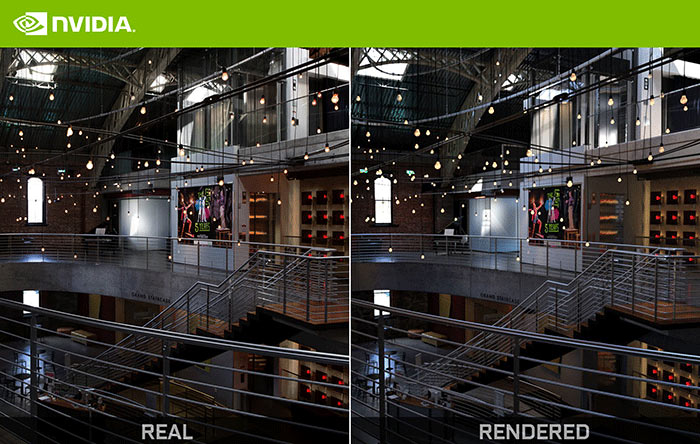I always says that I don't mind Nvidia providing these library. What I do mind is Nvidia making something that is harmful using their own hardware but they still do it because the impact is more severe for their competitor. If a dev make a game using tessellation for flat objects or objects hidden from view, that dev would be called incompetent. With Nvidia providing it, Nvidia supporter calling it leveraging their hardware.
Actually, I would prefer for Nvidia to make their enhancements proprietary and not accessible without Nvidia hardware so devs need to think more when using game works or other Nvidia stuff. It would probably be more optimized since they don't have to think about the performance of their code on other hardware. At least that way we could prevent game works from being an essential part of a game (like using hairworks for a game where grass is an essential gameplay element for hiding). Also preventing the possibility of Nvidia sabotaging AMD performance because it can run on AMD hardware in the first place.
Also, if an IHV have an exclusive hardware feature that they want to use, I'm really okay with them making an exclusive stuff using it. If AMD can't do tessellation and NV can and they want to show it, it's okay.
If AMD want to utilize TrueAudio stuff, I would really be happy.
Instead of this hardware stuff sitting idle, I would prefer for it to be utilized.
Although having said that, if the stuff that are proprietary actually can be run on other hardware with relatively similar or even better performance than on NV hardware, I would be really annoyed by that. For example, on Android, there are Tegra version of a game with better graphics than the non Tegra version that you can hack to run on other hardware and it run better than on Tegra. Or another game where if the game detects a Tegra SoC, it will display better effects (which again, if you hack it, other SoC can run it better).
You can see it as Nvidia actively trying to help making better games or you can see it as Nvidia actively blocking other IHV to reach their full potential.



